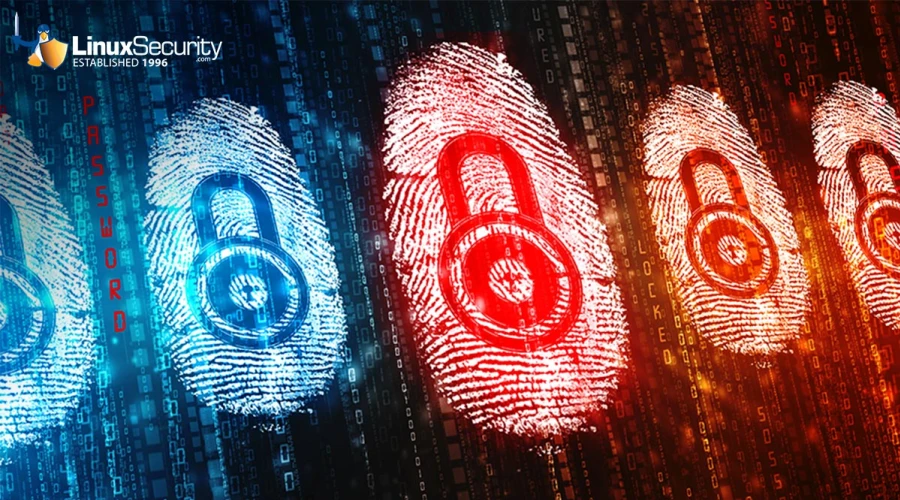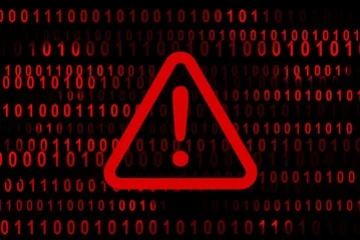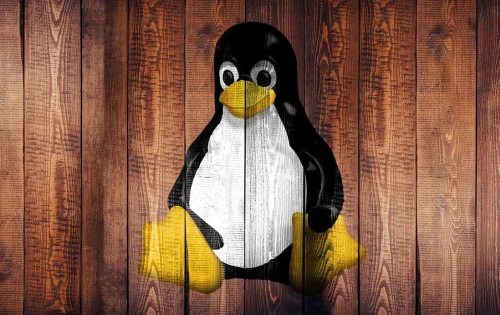Evaluating the Necessity of Virus Removal Tools on Linux

Despite Linux's reputation as the most secure operating system (OS) by design, no OS is fully immune to online risks like malware and viruses. While Linux is still targeted far less frequently than Windows, attacks on Linux are becoming increasingly prevalent as Linux's user base and the number of critical systems it powers worldwide continue to grow.
In response to this trend, Kaspersky has released a free virus removal tool for Linux, Kaspersky Virus Removal Tool (KVRT). But is such a tool necessary for Linux admins? Let's examine the benefits of KVRT, its necessity, and the best practices you can implement to protect against threats to your Linux environment.
What Is the Purpose of Kaspersky Virus Removal Tool (KVRT)?
 Kaspersky Virus Removal Tool (KVRT) is a free virus removal tool tailored specifically for Linux-based operating systems. It is intended to address growing security concerns regarding malware targeting these environments. KVRT detects and removes malware, adware, and other threats. It conducts comprehensive scans of system memory, startup objects, boot sectors, and all files, including archived ones.
Kaspersky Virus Removal Tool (KVRT) is a free virus removal tool tailored specifically for Linux-based operating systems. It is intended to address growing security concerns regarding malware targeting these environments. KVRT detects and removes malware, adware, and other threats. It conducts comprehensive scans of system memory, startup objects, boot sectors, and all files, including archived ones.
Linux is generally considered secure; however, its increased adoption across various sectors has made it a cybercriminal target. KVRT adds another layer of protection for users without other security measures, but users must understand that KVRT should not replace regular updates and other protective measures. Rather, users should incorporate KVRT into a comprehensive cybersecurity plan to maintain robust protection.
To use KVRT on Linux:
- Download the KVRT file from Kaspersky’s website and save it locally.
- Enable execute permission through the file manager or the terminal command chmod +x kvrt.run.
- Run the application either via the GUI or the command line. For full functionality, we recommend running it under a superuser account.
Is KVRT Necessary for Linux Admins to Maintain Robust Linux Security?
 Virus removal tools like KVRT should not be considered optional for Linux systems despite Linux's robust security. With its growing adoption across various sectors and increased cybercriminal activity targeting this platform, it has become an increasing target of cybercriminals who take advantage of vulnerabilities to exploit and infect systems with viruses and malware. While KVRT may enhance security on Linux systems, users should complement it with regular updates, strong passwords, and other protective tools to safeguard them from potential cyber threats.
Virus removal tools like KVRT should not be considered optional for Linux systems despite Linux's robust security. With its growing adoption across various sectors and increased cybercriminal activity targeting this platform, it has become an increasing target of cybercriminals who take advantage of vulnerabilities to exploit and infect systems with viruses and malware. While KVRT may enhance security on Linux systems, users should complement it with regular updates, strong passwords, and other protective tools to safeguard them from potential cyber threats.
Open-source malware and virus scanners are another great option for detecting and removing viruses on Linux. Some of our favorites include:
- Lynis is an open-source cloud security audit scanner that protects devices against breaches and data leakage.
- Check Rootkit provides an easily navigable resource that helps safeguard devices against malware, botnets, and rootkits.
- Linux Malware Detect uses signatures created through network Intrusion Detection Systems to identify specific files with malware.
- ClamAV is the most frequently used anti-virus software for Linux on macOS, BSD, and Windows devices. It provides comprehensive threat protection.
What Best Practices Should I Engage in to Prevent Virus Infections on Linux?
In addition to using virus removal tools like KVRT and the open-source scanners we've discussed, tips for protecting Linux against potential malware and virus attacks include using strong passwords and restricting user access via VPN connections while keeping devices updated. In addition, admins must pay attention to log information from log information management services to rapidly identify potential threats.
Explore the LinuxSecurity Feature article How to Check if Your Linux System is Infected with a Virus for more details on these best practices and how to implement them.
Our Final Thoughts on the Necessity of Linux Virus Removal Tools
Linux has long been considered one of the safest operating systems by design; however, increased attacks against its systems highlight an ever-evolving landscape of cybersecurity threats. As Linux usage and system deployment increase worldwide, the Kaspersky Virus Removal Tool for Linux addresses security risks related to malware targeting these systems. KVRT adds another layer of security by detecting and eliminating malware; however, it should not be seen as a replacement solution for secure administration practices. Linux administrators should pair KVRT with regular system updates, strong password practices, and the implementation of other protective measures detailed in this article to secure their Linux environments effectively. Incorporating open-source scanners such as Lynis, Check Rootkit Detect, Linux Malware Detect, or ClamAV into a comprehensive cybersecurity strategy may further boost Linux system protection from potential cyber threats.
















